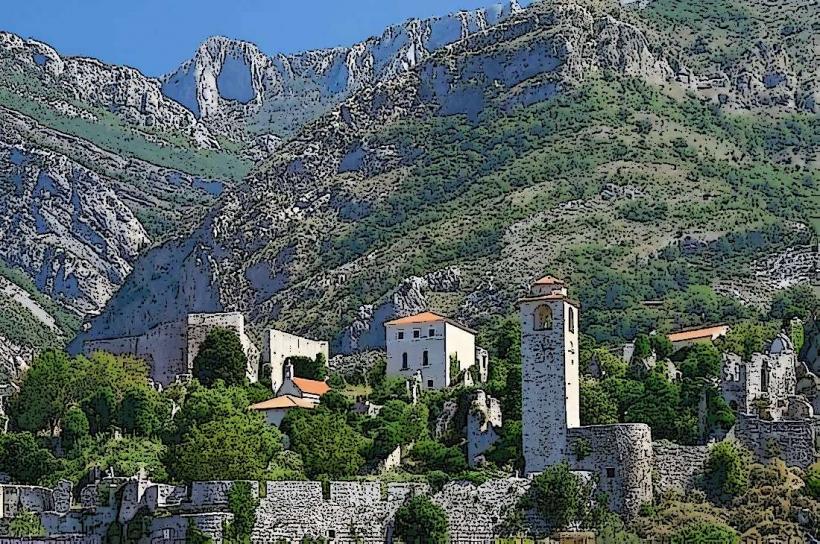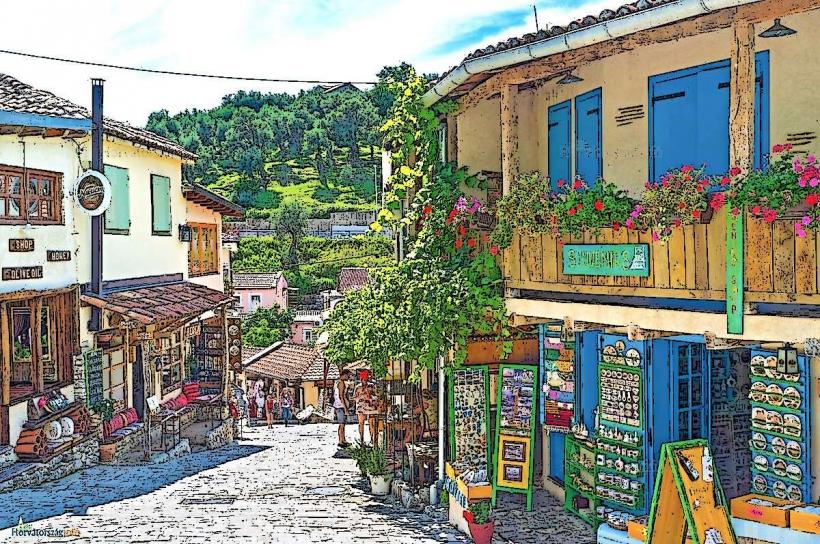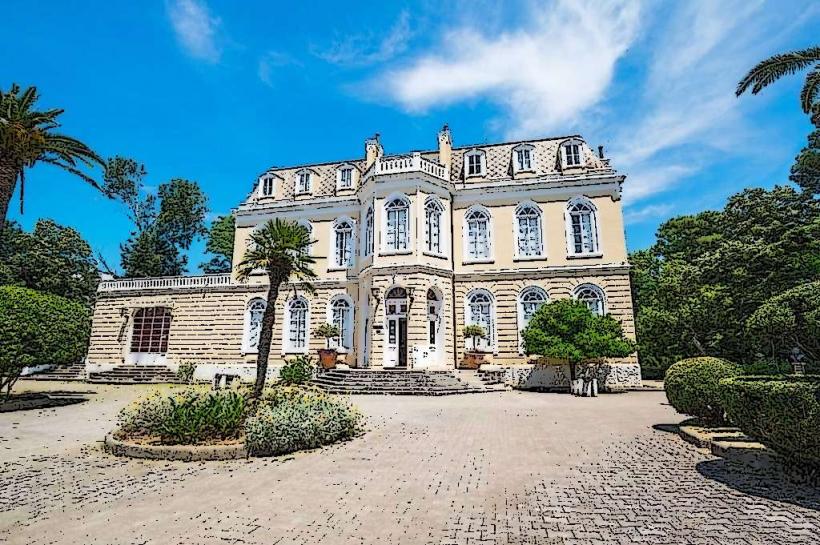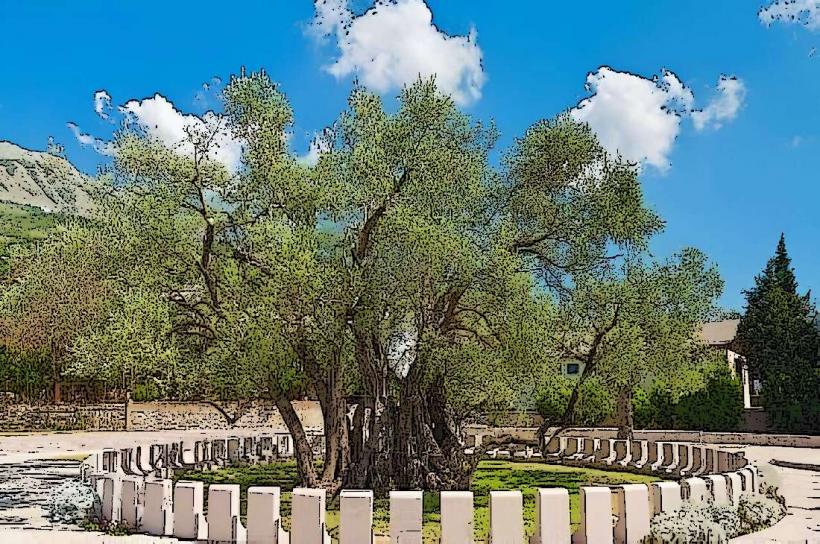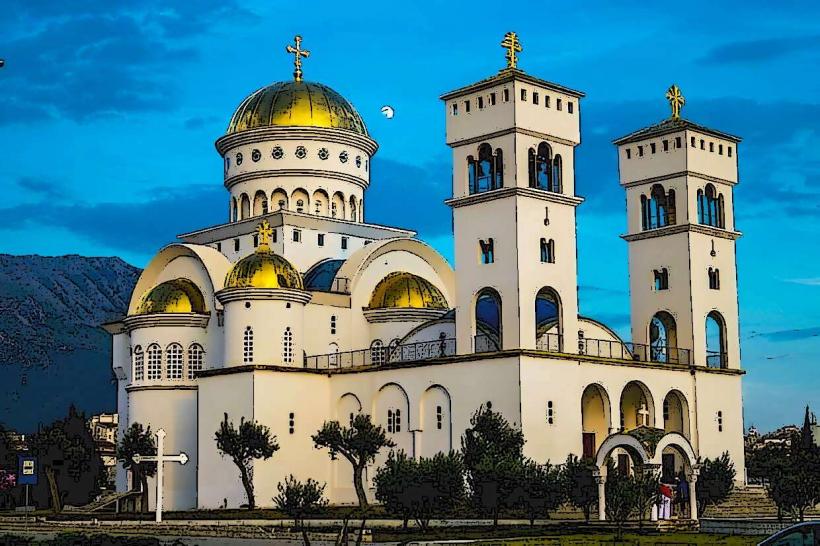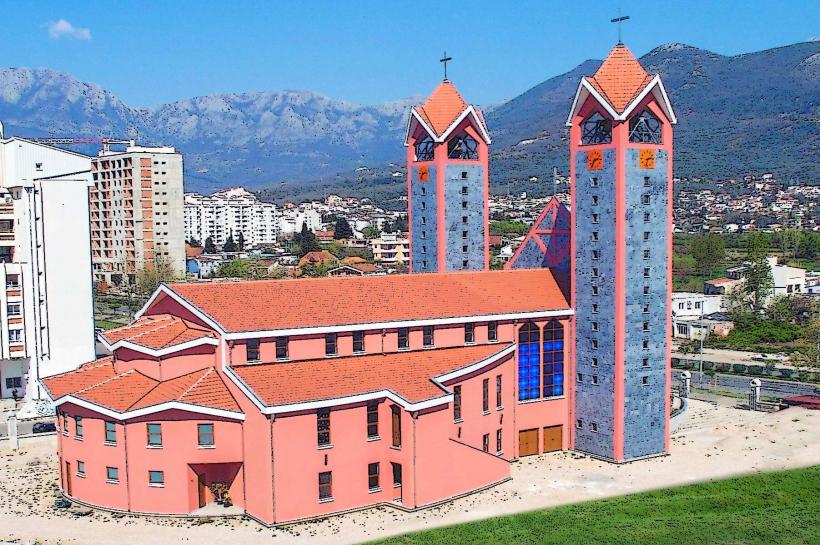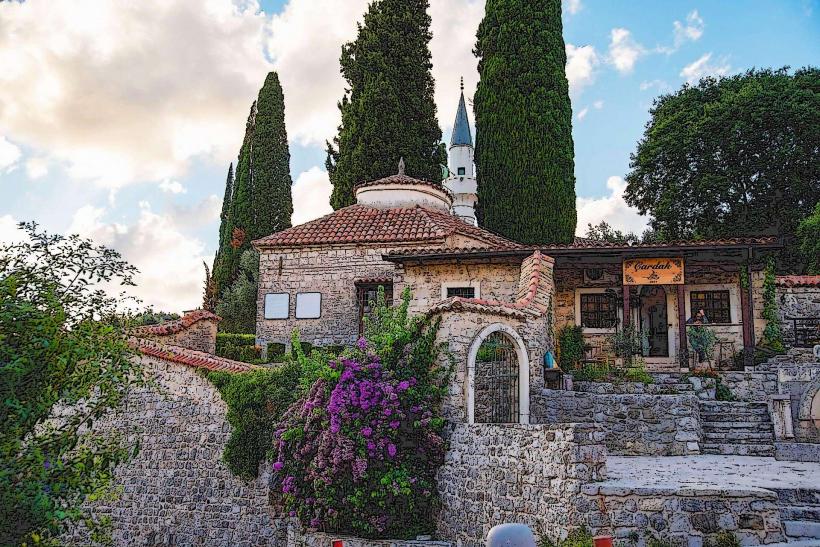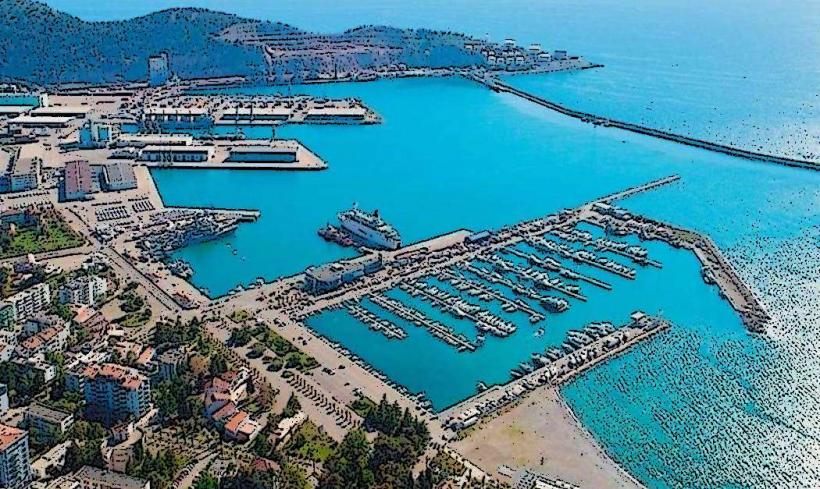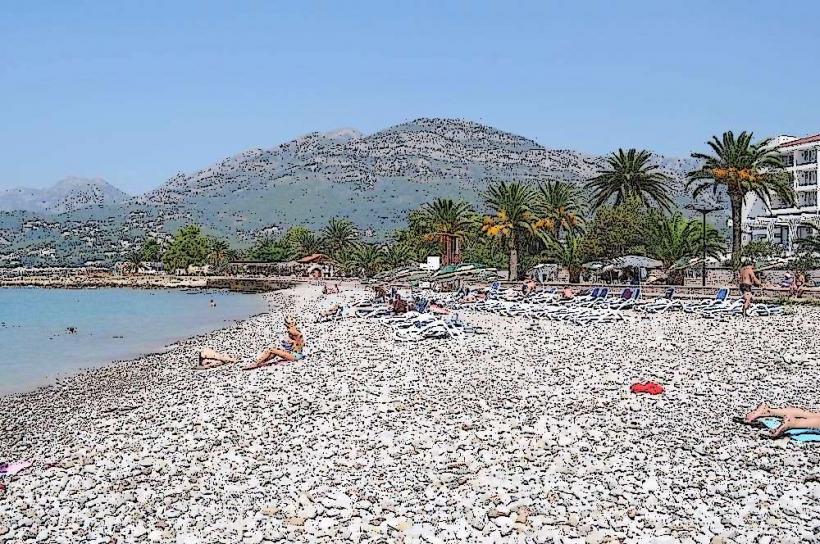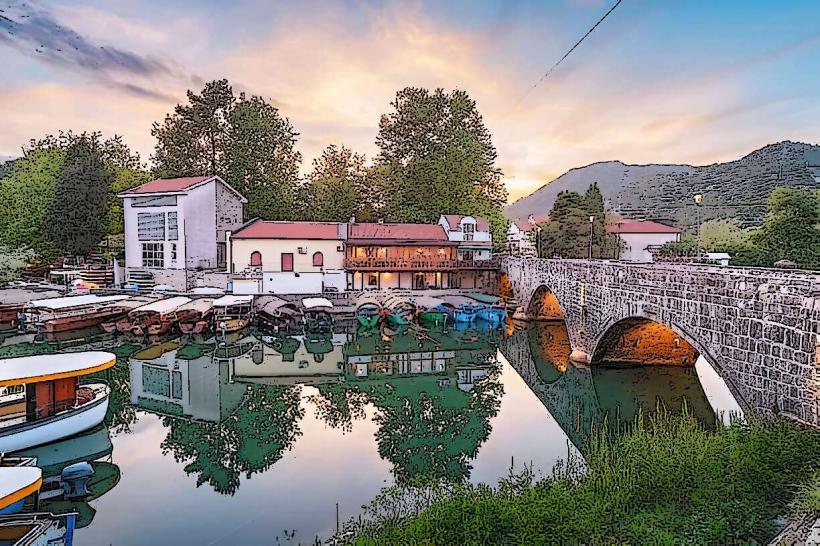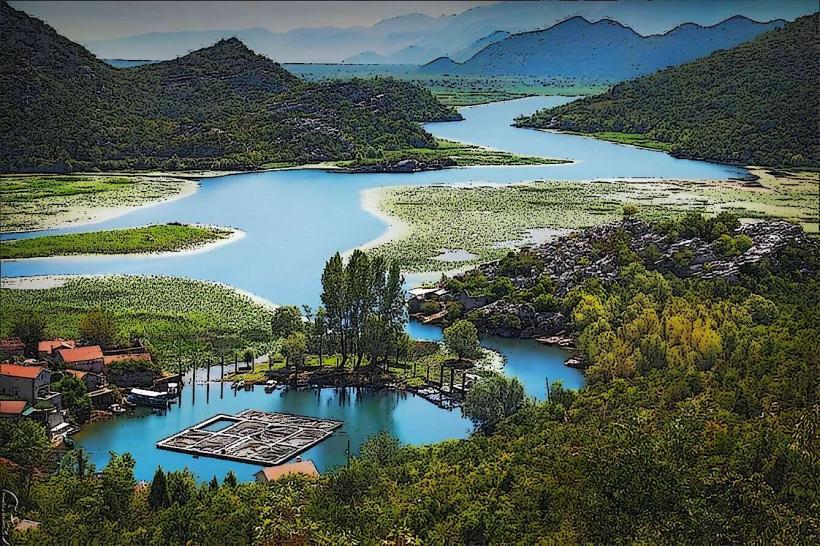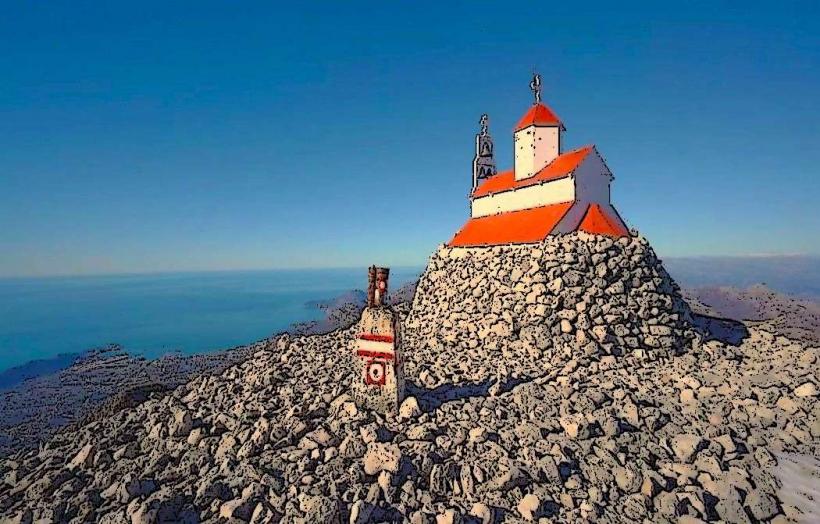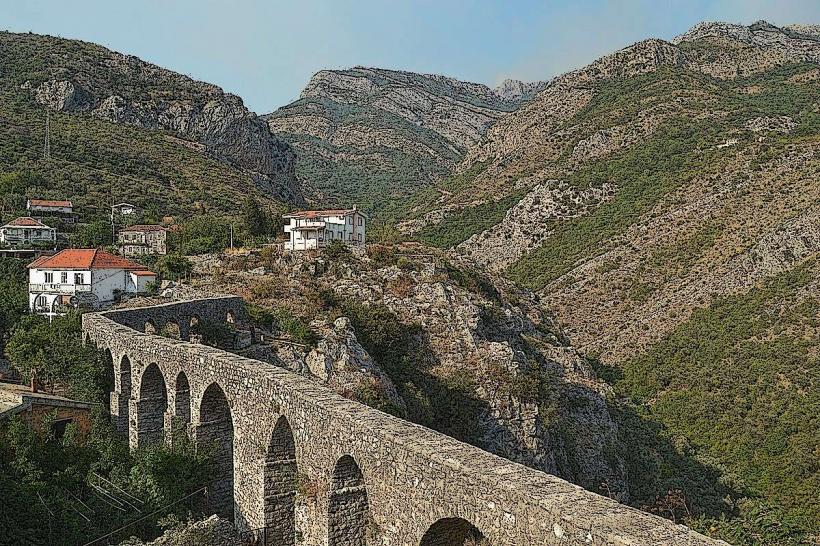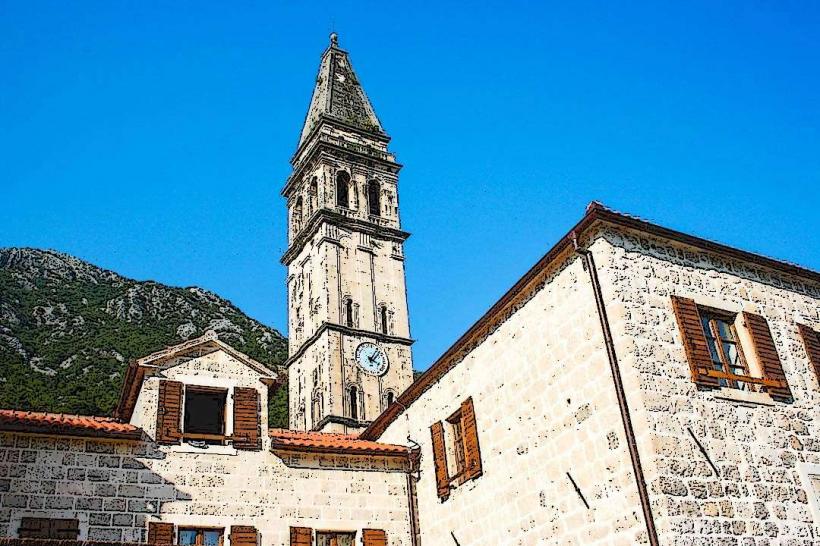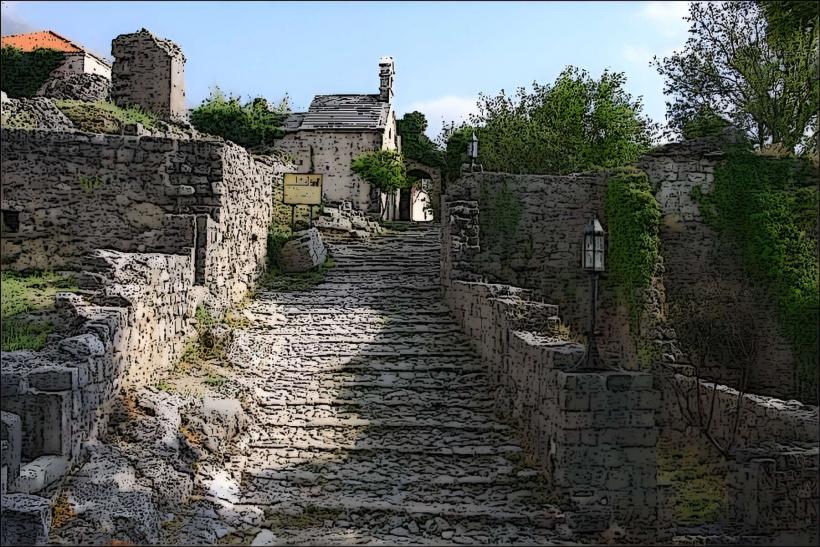Information
City: BarCountry: Montenegro
Continent: Europe
Bar is a coastal town in southern Montenegro, situated along the Adriatic Sea. It is one of the country's most important ports and a key tourist destination, blending rich history, a stunning coastline, and beautiful natural surroundings. Bar serves as an administrative center of the Bar Municipality, and its strategic location near the border with Albania adds to its cultural diversity.
Geography and Climate
Bar is located at the foot of the Rumija Mountain and is surrounded by lush green hills and olive groves, contributing to its picturesque landscape. The town enjoys a Mediterranean climate, characterized by hot, dry summers and mild, wet winters. Summer temperatures can soar above 30°C (86°F), making it a perfect destination for sun-seekers, while the mild winters ensure year-round tourism.
The town's coastline stretches along the Adriatic Sea, with several beautiful beaches, including Sutomore, Čanj, and Murići, attracting many tourists each year. The proximity of Bar to other coastal towns such as Budva and Ulcinj further enhances its appeal.
History
Bar has a long and varied history, with its origins dating back to antiquity. It was known as Antivari in Roman times and was an important port on the Adriatic. The town was ruled by various empires and kingdoms, including the Byzantines, the Ottomans, and the Venetians, each of which left a lasting impact on the town's culture, architecture, and heritage.
Bar was an important center for trade and maritime activities throughout history. It served as the capital of the Zeta region during the Middle Ages before being conquered by the Ottomans in the late 15th century. During the Ottoman period, the town developed a significant port and was part of the wider Ottoman maritime trade routes.
The town was later incorporated into the Kingdom of Montenegro in the 19th century, and it became an important urban center for the region.
Cultural Significance
Bar is known for its cultural diversity and historical importance. The town has a mix of influences, from the Ottoman and Venetian periods to more modern European influences, which is reflected in its architecture, cuisine, and local traditions.
The town is home to several museums, galleries, and cultural centers that showcase its rich heritage. The annual Bar Chronicle (Baranska Hronika) festival celebrates the town's history and culture, featuring local music, theater, and traditional performances.
Key Landmarks and Sights
Although this section provides a general overview, Bar is home to many noteworthy landmarks:
- Old Bar (Stari Bar): An ancient fortified town located a few kilometers inland from the modern center. It is known for its Roman, Byzantine, and Ottoman ruins, including the Bar Fortress, Roman Theatre, and Aqueduct.
- King Nikola's Palace: The former residence of King Nikola of Montenegro, this palace is now a museum and cultural center, offering a glimpse into the royal history of Montenegro.
- The Church of St. George: A beautiful Orthodox church located near the Old Bar, with remarkable frescoes and a serene atmosphere.
- The Archaeological Museum: Housed in the King Nikola’s Palace, it features a collection of artifacts from the Roman, Byzantine, and Ottoman periods.
- Bar Marina: A modern port facility that offers a range of services for tourists and yacht owners, with restaurants, cafes, and shops.
Economy and Tourism
Tourism plays a significant role in Bar's economy. The town's Mediterranean climate, coastal beaches, and historical sites make it a popular tourist destination. Visitors are drawn to Bar’s historical landmarks, ancient ruins, beaches, and natural beauty.
Bar’s modern infrastructure, including hotels, resorts, and restaurants, caters to a wide variety of travelers. The port of Bar is an important economic hub, serving as the main commercial port of Montenegro and providing connections to Italy, Albania, and other parts of the Adriatic.
In addition to tourism, Bar is known for its olive groves, which are among the oldest in Europe. The Bar olive oil is considered some of the best in the world, and the region hosts an annual Olive Festival to celebrate its olive oil production. Agriculture also plays a key role in the local economy, with the fertile plains around Bar being ideal for growing citrus fruits, vegetables, and grapes.
Nature and Outdoors
Bar is surrounded by natural beauty, offering visitors opportunities for outdoor activities such as hiking, biking, and swimming. The nearby Rumija Mountain provides fantastic hiking trails with panoramic views of the town, the coastline, and the Adriatic Sea.
The beaches of Bar are among the best in Montenegro, known for their clean water and beautiful landscapes. Sutomore is one of the most popular beach resorts in the area, attracting large numbers of tourists during the summer months.
The Lake Skadar National Park, which is located near Bar, is another natural attraction. This expansive freshwater lake is a haven for birdwatching, kayaking, and nature walks, offering stunning views and a peaceful atmosphere.
Transportation
Bar is well-connected to other parts of Montenegro and the wider region by road, rail, and sea. The Adriatic Highway (E65) runs through the town, providing access to nearby cities like Podgorica, Budva, and Ulcinj. The town is also connected by rail to the capital city of Podgorica and other parts of Montenegro.
Bar Port serves as the main commercial and passenger port for Montenegro. It offers regular ferry connections to Italy and Albania, making it an important transport hub for travelers in the region.
Conclusion
Bar is a town that offers a blend of natural beauty, historical significance, and modern amenities. Its beautiful coastline, rich cultural heritage, and Mediterranean charm make it a desirable destination for both tourists and those seeking a more tranquil lifestyle. Whether exploring the ancient ruins of Old Bar, enjoying the local beaches, or experiencing the town’s vibrant culture, Bar is a place where the past and present come together to create a unique and memorable experience.

